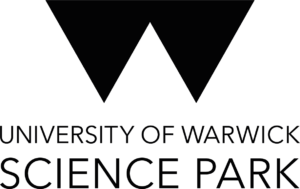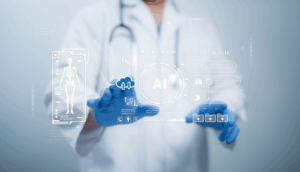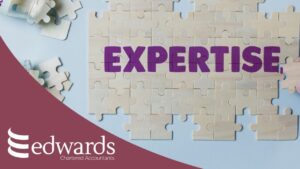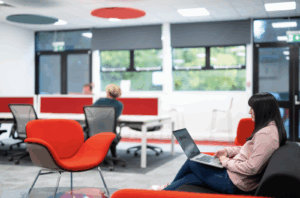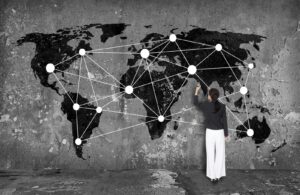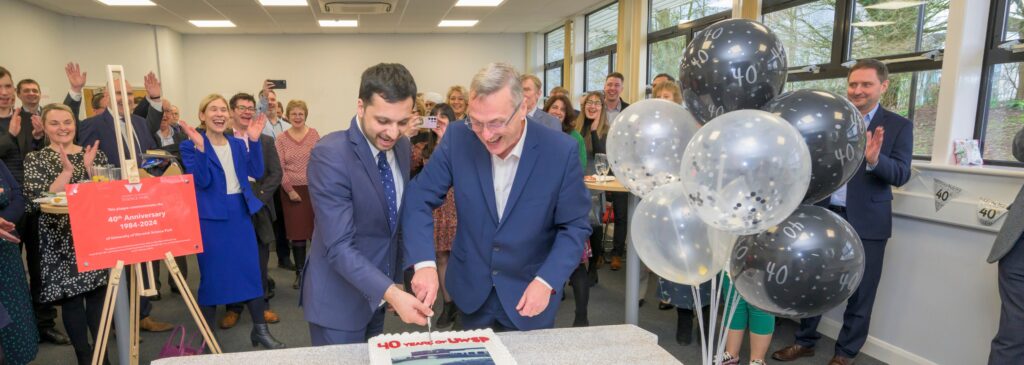Most products we use today follow a linear path: we take materials from the earth, make something, use it, and then throw it away. That’s the “take–make–waste” model. In contrast, the circular economy is about keeping products and materials in use for as long as possible. We design things to last, repair and upgrade them, and recover parts and materials when a product’s first life ends.
If you already know the basics, think beyond recycling at end-of-life. Circularity starts at the design and business-model stage, so value creation and capture change across the whole product life.
Why move from a linear to a circular economy now?
Materials and energy are way more expensive and a lot less predictable than they used to be. Customers and regulators are paying closer attention to how much waste we produce and the durability of items. Shifting from linear to circular economy thinking helps businesses in many ways. Cutting costs, reducing any risk, and opening new revenue streams (for example, refurbished products or “product-as-a-service”).
In the UK, policy has been moving in this direction for several years; if you want the big picture, see the government’s Resources and Waste Strategy.
The idea in one minute (for beginners)
Imagine a washing machine. In a linear model, it’s used for a few years and scrapped. In the circular economy, the machine is built to be repaired, upgraded and resold. When it finally fails, useful parts are recovered, and the metals are recycled back into new machines. The manufacturer might even offer a monthly plan so it takes responsibility for maintenance and end-of-life. Meaning there is less waste, lower material costs and an overall better service.
Going from linear to circular economy: simple steps that work
Start with what you control today. Redesign the parts that break most often so they’re easier to replace. Offer repair at a fair price and give customers access to spare parts. When you launch a new version, make upgrades possible without replacing the whole product. Set up a take-back route so products come back to you for inspection and refurbishment.
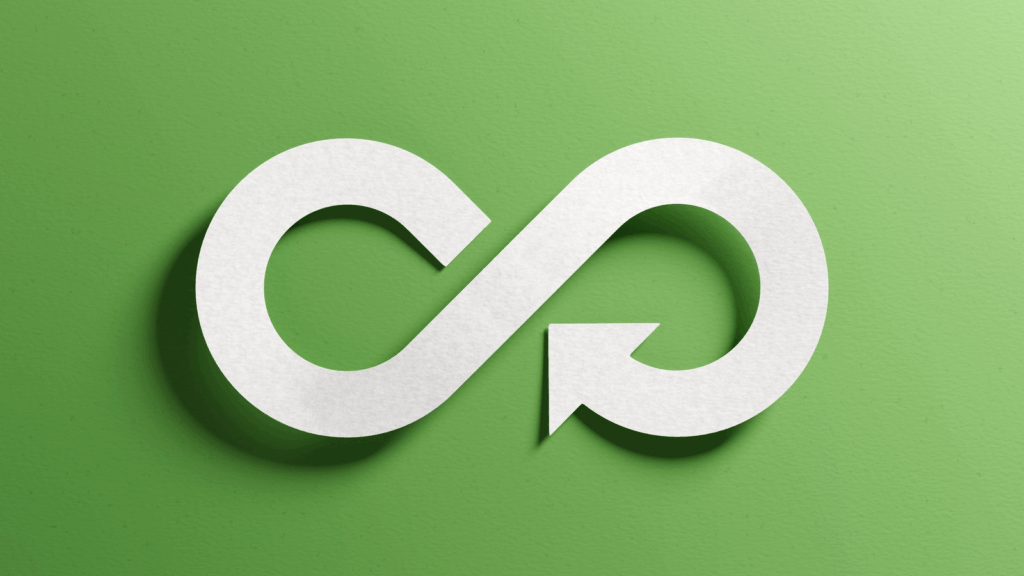
If your business already has a sustainability plan, why don’t you look at mapping your product’s whole life? Take a look at materials in, service life, returns and failure modes. Then, test a pilot one product line, one repair/refurb hub, and one take-back channel. Measure avoided material spend, resale margin on refurbished units, and customer retention and use those numbers to scale.
What the circular economy means for science parks (and why Warwick Science Park helps)
Science parks make circularity easier by bringing people and resources together. Innovators work beside labs and suppliers. Investors are close enough to join early. That proximity turns expensive trials into pilots you can actually run. At Warwick Science Park, you get space to experiment and support to do it well. Teams draw on University of Warwick expertise and meet backers through Minerva Business Angels. To see who’s here, explore our Company Directory.
Local snapshots: circular ideas around Warwick Science Park
A useful way to think about circularity is “life extension”. One example that illustrates the point is repowering older vehicles to extend their life rather than scrapping them. You can show how design, refurbishment, and reuse preserve value and reduce waste. On the investment side, clean-tech propulsion companies supported through Warwick Science Park networks demonstrate how designing for long service life and modular upgrades keeps products in circulation longer. (If you’re a tenant running a repair, remanufacture or take-back pilot, get in touch as we’d love to feature your story.)
From linear and circular economy theory to action
You don’t have to overhaul everything at once. Pick a product, design out the common failures, make repairs easy, and set up a path for returns and refurbishment. That’s the heart of the circular economy: keeping value flowing. At Warwick Science Park, we help founders and established teams do exactly that -with space, connections and practical support. If you’re ready to move from linear to circular economy thinking, let’s talk. Give us a call today on 024 7632 3000!
